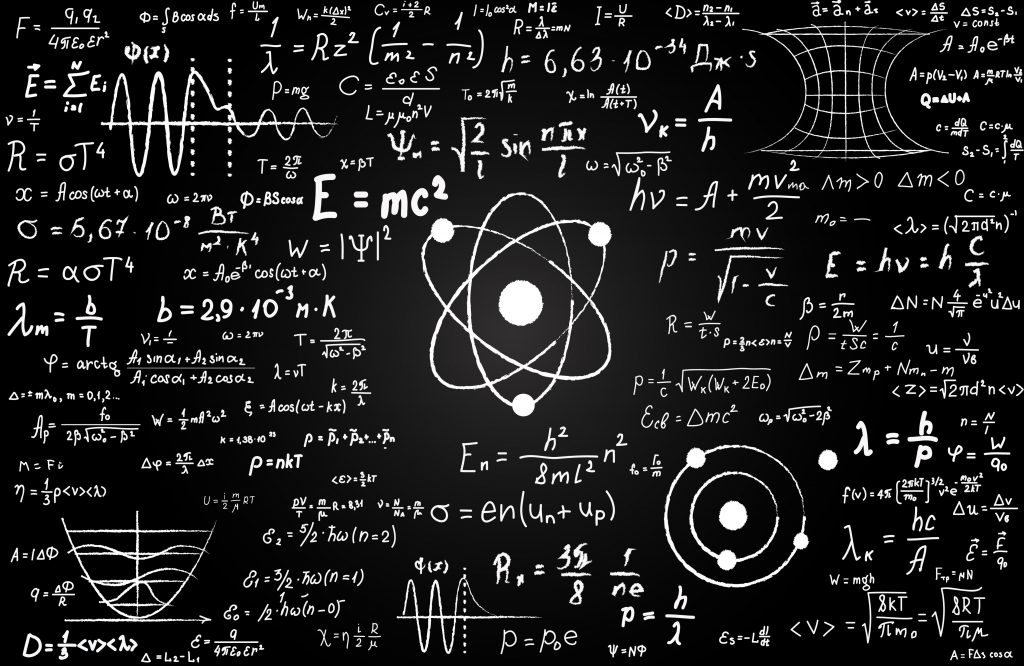
Standing waves are usually caused by two traveling waves moving in opposite directions- say a wave moving to the right on string (blue), and another one of the same size moving to the left (red). This idea of standing waves is actually a bit of a simplification. This should look familiar-"nodes" are really just the points where sine crosses zero. Sine waves are equal to zero when their argument is equal to multiples of π (0, π, 2π, etc.), so we know our nodes must be located at x = 0,, x = λ,, and so on. We can find the nodes of the standing wave by looking at this formula wherever y = 0 regardless of t-that is:ĭividing by the cosine term on each side gives: The product of the two waves gives us something that fully describes our standing wave. The cosine wave represents how that wave shape moves up and down with time, just as in the case of traveling waves. The sine wave represents the shape of the standing wave at t = 0. Here, y gives the displacement from equilibrium, at point x and time t. We can find the position of any point along the standing wave at any time by combining two trig functions: The faster the string vibrates, the higher the frequency of the wave, the higher the note made by the guitar, and the more nodes and antinodes that appear in the string.

While the screaming crowd in an arena may start a traveling wave, the guitars played by the band are using standing waves to make music: the guitar's strings are fastened to the instrument on each end (nodes), and plucked in the middle, creating a wave that wiggles the string back and forth. This may seem like a strange phenomena at first-waves that don't move!-but standing waves are all around you, especially if you've ever played a musical instrument or listened to a band.

Halfway between the nodes are the points that move the most-swinging from the wave's crest to its trough and back again.

In a standing wave, there are set points that never move despite all the wiggling going on around them. Standing waves still oscillate up and down, but they do it in one place, like a person jumping rope. They're perfectly content to sit at home and watch TV. Now we've seen waves that pack up their bags and go, but what about waves that are a little more unadventurous? Waves that stay in one place are called standing waves.


 0 kommentar(er)
0 kommentar(er)
